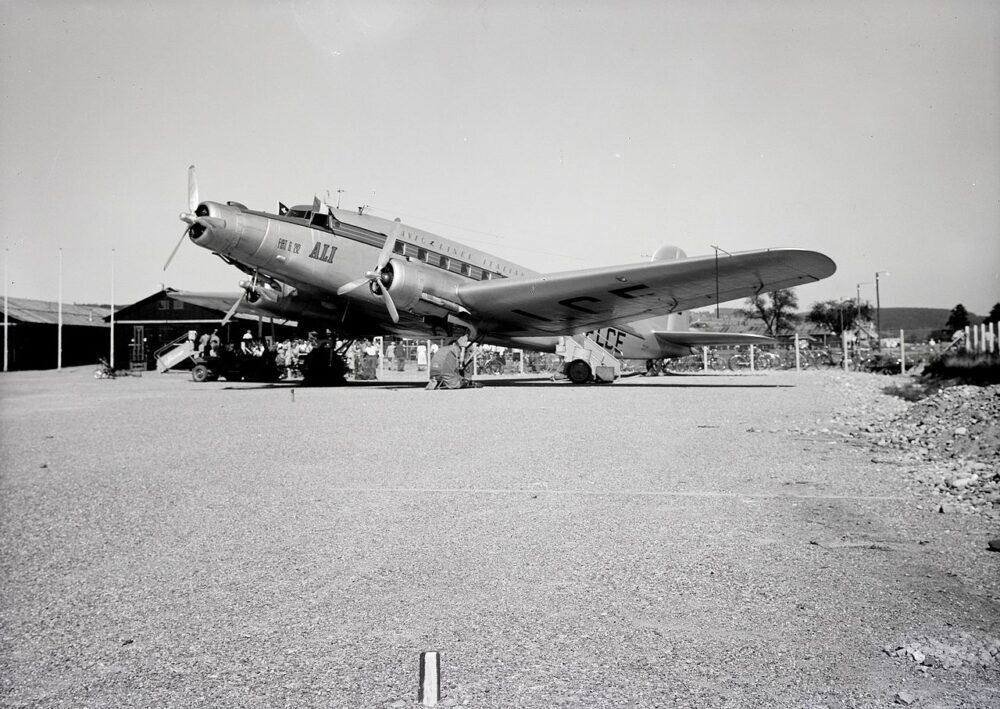Over the course of history, there have been several tragic instances of football teams being involved in fatal plane crashes. The 2016 crash of LaMia flight 2933 involving Brazilian club Chapecoense is still fresh in the collective consciousness. 1958’s Munich Air Disaster affecting Manchester United is also well known. 1949 saw a similar tragedy in Italy, known as the Superga Air Disaster, that wiped out one of the most talented teams of its era.

A dominant force in Italian football
Italian football team Torino FC has played in the country’s top division for most of its history. Today, the club is somewhat overshadowed by the emphatic success of its city rivals Juventus. However, Torino FC used to be one of the finest clubs in Europe.
Indeed, the club dominated Italian football in the 1940s, with its squad at the time being known as Grande Torino. This exceptional group of players won five league titles in a row, and made up the bulk of the Italian national team at the time. For example, in a 3-2 win against Hungary in 1947, 10 of Italy’s 11 starters were Torino FC players!
Stay informed: Sign up for our daily and weekly aviation news digests.

Heading towards the end of the 1948-49 season, Grande Torino was closing in on a record-equaling fifth-consecutive league title. With four games to go, the side traveled to Lisbon to face the decorated Portuguese team SL Benfica in a friendly match, which its hosts won 4-3. This would be the last time that Grande Torino would ever play together.
Tragedy at the basilica
The day after the game (May 4th, 1949), Grande Torino departed Lisbon on an Avio Linee Italiana Fiat G.212. As well as 18 players, the aircraft carried coaching staff, journalists, and club executives (three each). Four crew members joined these 27 passengers.
Having departed Lisbon at 09:40 local time, the plane touched down in Barcelona at 13:00. Here, while the aircraft refueled, Grande Torino had a chance encounter with the AC Milan team, which was on its way to play in Madrid. The plane took off once again at 14:50.

The journey to Turin was set to take a little over two hours, with the team’s arrival expected at 17:00 local time. Weather conditions at Turin-Aeritalia Airport were poor that afternoon. As such, ATC warned the pilots of low clouds, poor visibility (just 40 meters), rain, and strong winds just before their arrival, at 16:55. Four minutes of radio silence followed.
The pilots eventually responded at 16:59, confirming their position before lining up with the runway. However, at 17:03, it crashed into the Basilica of Superga, which sat 669 meters (2,195 feet) above sea level. It is thought that strong winds caused the plane to deviate from its course, with recent investigations exploring the possibility of an altimeter failure.
After the crash
In any case, the aforementioned poor visibility would have left the pilots insufficient time to react once the reality of the plane’s impending collision with the basilica became evident. Tragically, all 31 occupants lost their lives in the disaster. The team’s manager was Ernő Egri Erbstein, who, as a Hungarian Jew, had escaped a Nazi labor camp in 1944.

Monks from the basilica quickly arrived on the scene of the crash. The Names Heard Long Ago by football historian Jonathan Wilson explains that:
“One monk opened a suitcase and found it full of [Torino FC] shirts. Only then did they realize who had been on the plane.”
With Italian football in a state of shock, teams requested that Torino were awarded the championship, which happened on May 6th, 1949. This bagged the side its fifth straight league title under the tragic circumstances, and Wilson adds that “Torino hadn’t lost a home game in six years.” Remains of the aircraft can now be found in a Turin museum. There is now a memorial at the crash site, with the club commemorating the tragedy annually.
In memory of the victims of the Superga Air Disaster.
from Simple Flying https://ift.tt/3sBf6yO
via IFTTT
Comments
Post a Comment